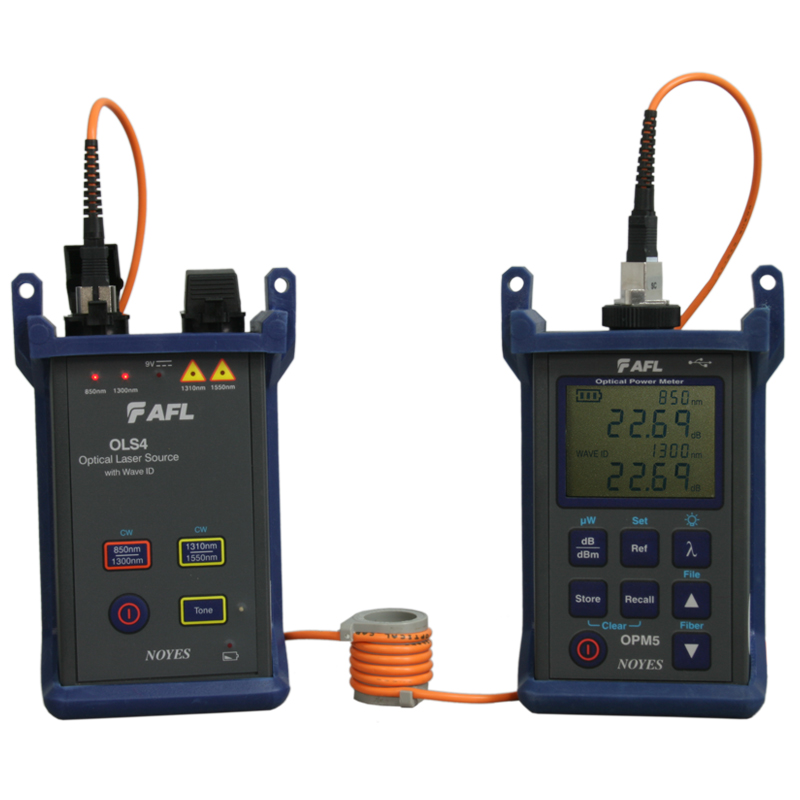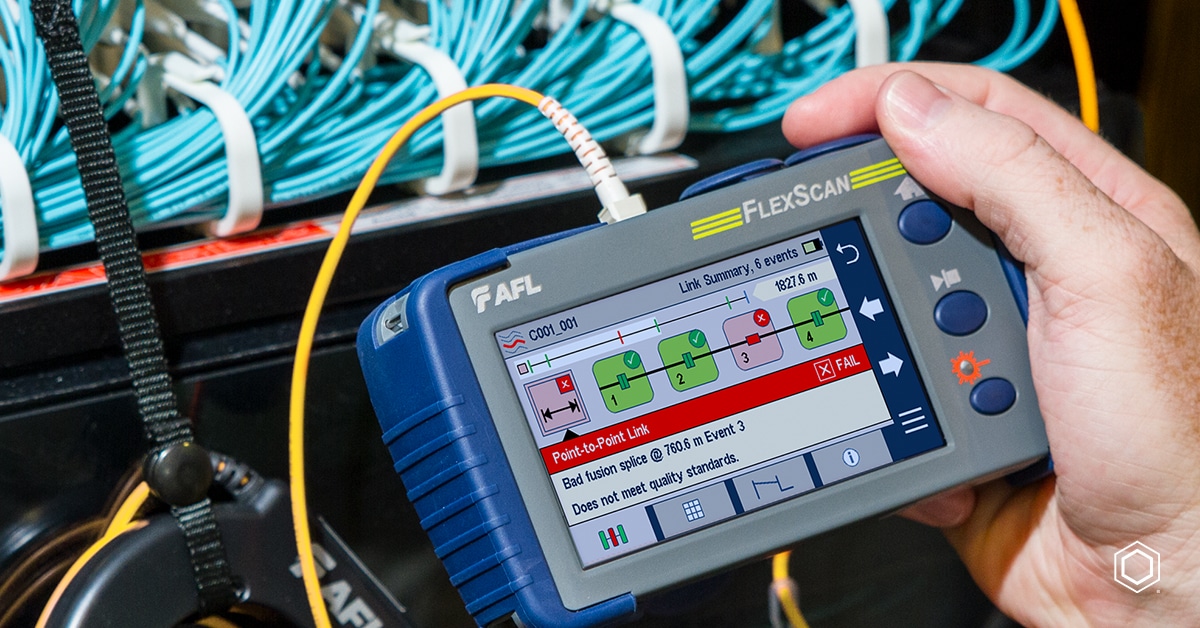The high-end optical fibre diameter analyser helps with fibre optic research and development.
The high-end optical fibre diameter analyser helps with fibre optic research and development.
Blog Article
The Function of Optical Fiber Testing in Ensuring High Quality and Efficiency in Connection Solutions
In today's quickly developing electronic landscape, the importance of optical fiber testing can not be overstated, as it works as a foundation for guaranteeing the high quality and efficiency of connection services. By employing a variety of screening approaches, consisting of OTDR and loss analyses, organizations can proactively determine and alleviate potential network problems that might hinder performance. Additionally, regular screening not just aligns with industry standards yet also leads the method for boosted information transmission. As modern technology continues to advancement, the future of optical fibre screening poses intriguing obstacles and opportunities that merit closer exam.
Relevance of Optical Fiber Screening
The importance of optical fibre screening can not be overstated in guaranteeing the integrity and performance of interaction networks. As the backbone of contemporary telecoms, optical fibers facilitate high-speed information transmission, making their reliability important to functional success. Evaluating offers as a proactive step to recognize prospective problems such as signal loss, attenuation, and physical damage, which can compromise network performance.
Regular testing permits the confirmation of installation high quality and the detection of defects that can influence data stability - optical fibre testing equipment. By utilizing strenuous testing methods, network operators can reduce the threats connected with network failings, consisting of downtime and monetary losses. Additionally, optical fibre screening ensures compliance with industry standards and policies, enhancing the total top quality of service supplied to end-users.
Inevitably, the methodical analysis of optical fibres adds to the durability and effectiveness of interaction systems. It allows stakeholders to make enlightened choices regarding upkeep, upgrades, and troubleshooting. In a landscape where information is significantly important, focusing on optical fiber screening is necessary to maintaining robust and effective connectivity solutions, therefore supporting the needs of contemporary electronic atmospheres.
Kinds Of Optical Fiber Examinations
Various testing approaches are employed to make certain the capability and integrity of optical fibres within interaction networks. These tests can be extensively categorized right into 2 main kinds: setup examinations and upkeep tests.
Installment tests are performed instantly after the installment of optical fiber cables to verify their performance and integrity - fibre testing equipment. One of the most common setup tests consist of Optical Time-Domain Reflectometry (OTDR) examinations, which analyze the top quality of the fibre by recognizing mistakes or breaks, and end-to-end loss tests, which determine the overall optical loss from one end of the fiber to the various other
Upkeep tests, on the various other hand, are carried out occasionally to guarantee continuous efficiency and find potential problems with time. These include aesthetic examination, which look for physical damages or improper installments, and connection tests, which confirm that the signal can pass with the fibre without interruption.
Furthermore, advanced tests such as Polarization Mode Diffusion (PMD) and Chromatic Diffusion (CD) tests can be carried out to review the fibre's performance under various conditions. By employing these varied screening methods, service technicians can preserve high standards of quality and integrity in optical fibre networks.
Advantages of Routine Testing
Normal screening of optical fibers plays a vital function in preserving the overall performance and integrity of interaction networks. By carrying out routine evaluations, companies can make sure that their fiber optic installments meet industry criteria and run successfully. This proactive technique helps to determine potential weaknesses and destruction in time, permitting timely interventions before problems rise.

Cost-effectiveness is one more advantage. By resolving small concerns early, companies can prevent the high expenses connected with significant fixings or system optical fibre diameter analyser failures. Normal testing also fosters conformity with regulatory needs, making certain that the network abides by necessary safety and security and performance standards.
Typical Problems Identified
Determining common issues in optical fibre networks is vital for maintaining optimal performance and integrity. Numerous elements can add to disruptions, including physical damages, inadequate installation practices, and environmental impacts.
Physical damages, such as bends, breaks, or abrasions, can substantially deteriorate signal quality. Inappropriate installation techniques, consisting of excessive stress or inadequate safeguarding of cords, might bring about boosted attenuation and loss of connectivity. In addition, environmental factors such as temperature fluctuations, moisture access, and rodent disturbance can endanger the honesty of the fiber.
Port problems likewise regularly emerge, with inappropriate alignment or contamination bring about boosted insertion loss. Additionally, splicing errors can introduce significant signal degradation if not implemented with precision.

Dealing with these common problems via routine optical fiber screening not just improves network reliability but additionally enhances overall efficiency, making certain that connectivity options remain robust and reliable.
Future Fads in Testing
As the demand for high-speed connection remains to climb, the future of optical fibre testing will increasingly concentrate on automation and advanced analytics. The combination of expert system (AI) and artificial intelligence (ML) in testing procedures will certainly allow more efficient information evaluation and anticipating upkeep, minimizing downtime and improving total network integrity. Automated testing services will certainly simplify the inspection and certification of fiber networks, minimizing human mistake and enhancing screening throughput.
One more substantial fad is the fostering of remote testing modern technologies. As the deployment of fiber networks broadens right into remote and underserved locations, remote screening abilities will certainly allow professionals to check and identify network conditions without physical visibility, thus decreasing operational expenses and improving reaction times.
Additionally, there will certainly be a shift towards even more comprehensive screening standards that encompass not just typical loss dimensions yet likewise performance metrics such as latency and transmission capacity usage. This alternative strategy will promote far better network management and optimization strategies.
As these trends advance, the optical fiber testing landscape will not only improve the quality and efficiency of connectivity solutions yet additionally support the growing intricacies of modern communication networks.
Final Thought
In verdict, optical fiber testing offers as a fundamental element in keeping the stability and performance of communication networks. The ongoing commitment to normal screening not only improves data transmission yet likewise lines up with market criteria, promoting integrity in network infrastructures.
Report this page